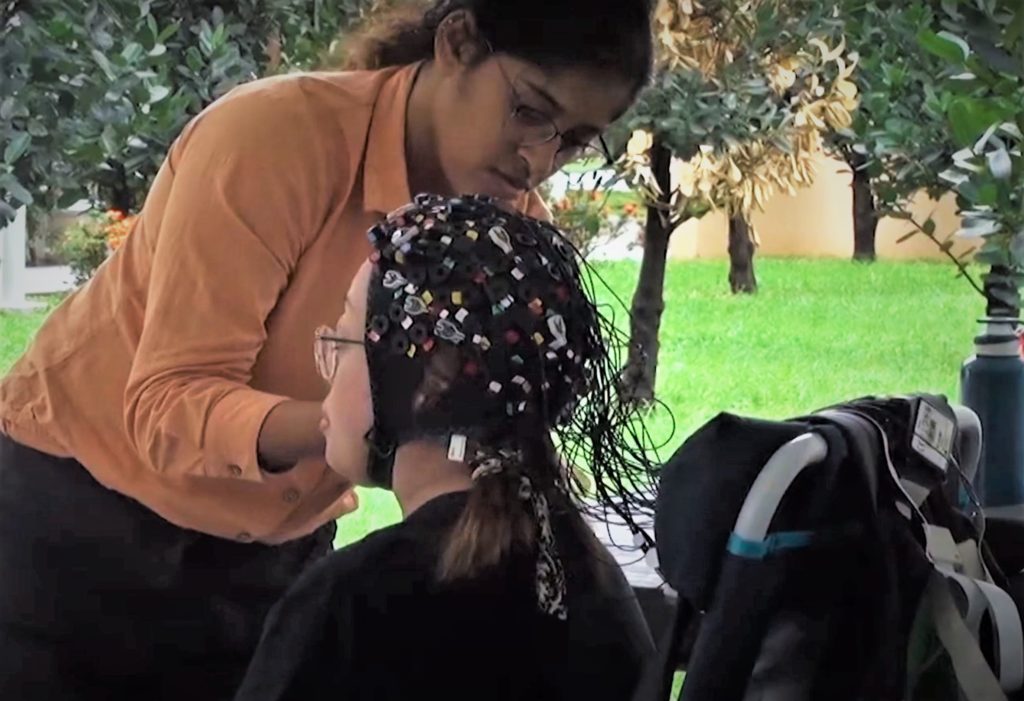Rigorous neuroscience research would question collecting the neuroscience data outdoors, due to too many confounding factors occurring and researchers not being able to control them all. In the sensory exposure research, each participant has to be exposed to the same set of stimuli, which is very difficult if not impossible in an outdoor setting. For Read More

